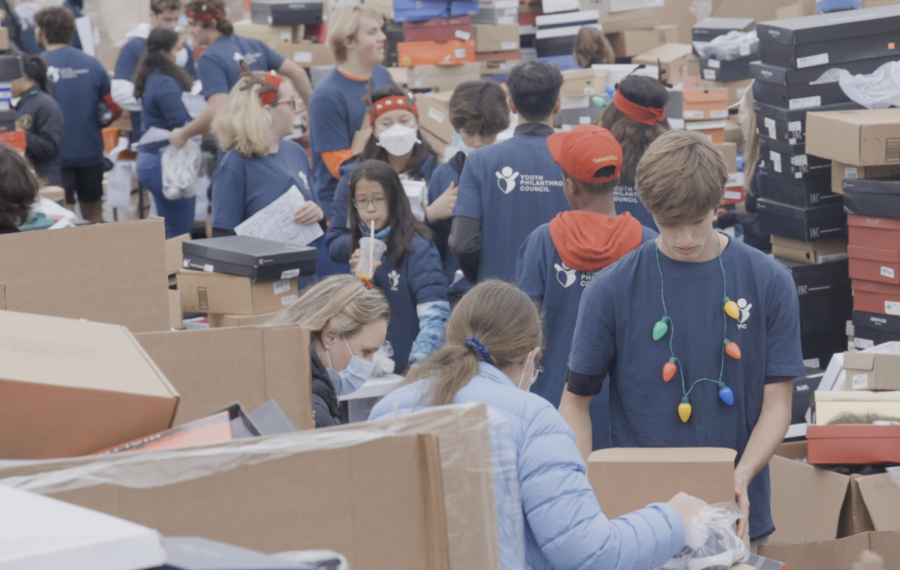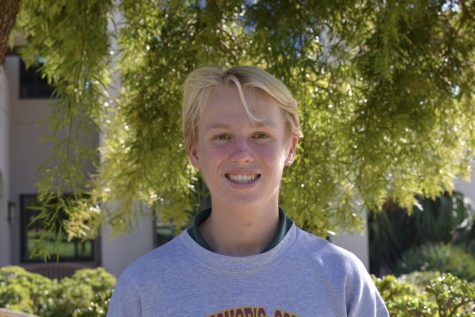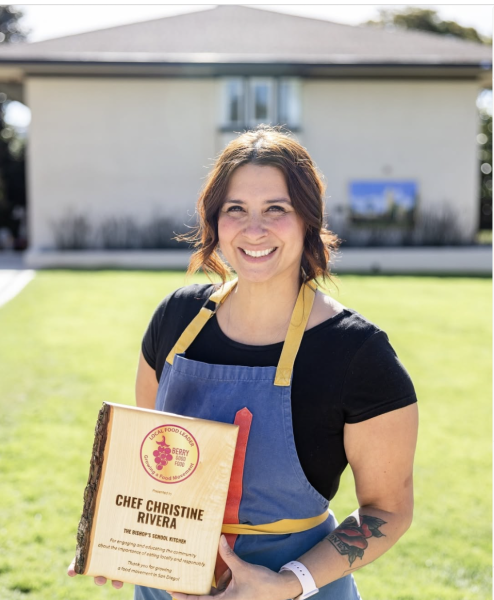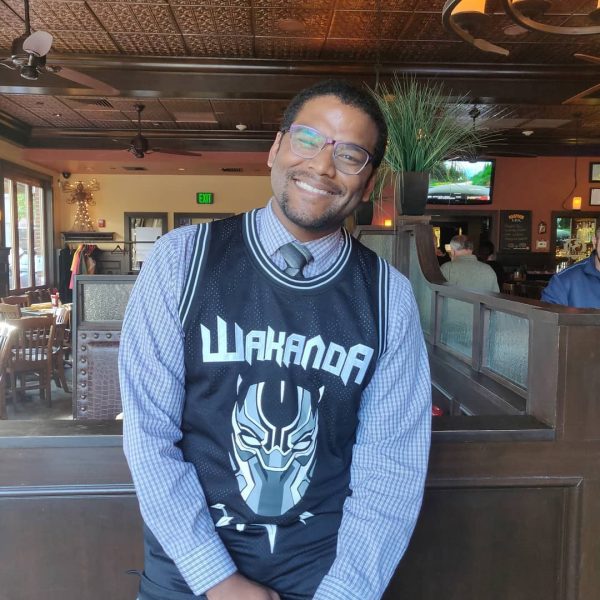Service Hours: for Kindness or Credit?
Investigating student service at Bishop’s
In 2021, the Youth Philanthropy Council (YPC), a service club created by Bishop’s students, held a shoe drive that distributed around 15,000 pairs of shoes, which ended up being the largest shoe drive in San Diego. Events like these are perfect for exposing Bishop’s students to the world of service and filling out their service requirements.
Period Poverty Project, the Lucky Ducklings, Community Service Initiative, and Melodies for Remedies are just a few of the many student-based service organizations at Bishop’s. In fact, 49 different clubs applied to become official service clubs this past year. This should signal a clear passion for service among Bishop’s students. And yet, as of February — after conducting a survey with other members of The Tower staff and reaching out to certain club leaders to inquire whether their club was still active — only about 77 percent of clubs are active participants in community service. This raises the question, what really drives service learning?
The Upper School Guide for Community Service (available on the Student Resources page) states, “The service program guides students to find meaningful and consistent service projects through their personal interests and passions.” Students are required to fulfill a 20-hour-a-year — 10 each semester — service requirement. At a well-funded private school like Bishop’s, students are able to use their resources to attempt to rake in the benefits — like developing character and empathy — of service and even have the guidance of Director of Community Service Mrs. Jackie Gomez.
Since coming to Bishop’s eight years ago, Mrs. Gomez has made it her mission for the School’s service to be “face-to-face, hands-on projects making an immediate difference.” The Upper School Guide for Community Service also states, “Projects lead students to develop meaningful relationships, have mindful self-reflection, and have the compassion to serve others.”
Mia Gaspar (‘24), a leader in the Bishop’s Lucky Ducklings, believes that service “helps [her] understand and feel more connected to the people that are around [her].” She believes that “it has become an essential part of [her] life and gives [her] a big feeling of purpose.”
“Is service at Bishop’s perfect? No,” explained Mrs. Gomez. But Mrs. Gomez, over her time at Bishop’s, has refined the service curriculum and requirements.
Mrs. Gomez explained that about a decade ago, service was seen as something that you have to get done, instead of something that provides purpose to students and aid to those served. In fact, Bishop’s students used to be able to bring money into the school to wear jeans on Fridays and buy an hour of service for their requirements.
“Good service is really inconvenient,” claimed Mrs. Gomez. “Although there is some need to serve our local community and our school community, there is great[er] need beyond our La Jolla bubble,” which could mean that you have to drive 40 to 45 minutes away to participate in a service event, according to Mrs. Gomez. Despite a potential long commute to service projects, Mrs. Gomez explained, “This is where students can make the most impact and serve others that they do not encounter everyday.”
Furthermore, most are aware that community service plays a surprisingly impactful role in college admissions. A Forbes article by Derek Newton published in 2018 reported that 53 percent of most college admissions officers use community service as a “tie-breaker” if students have equal applications in factors such as their GPA, standardized test scores, and transcript. It is more than possible that students at Bishop’s could “fake”service hours, with no genuine intent of serving one’s community, to push their application over the edge.
A student’s service work could be a key aspect of their college application: it could even be the reason why they get it in. So some students might conclude, why not create a service organization for the credit, without doing the actual service?
At an all-school assembly last semester, several upper school students explained their idea for the Social Innovation Competition, titled “Bloom,” an app that provides links to certain websites that guide those in need to shelters, food banks, and other helpful resources.
A couple days later, Senior Phoebe Paradez wrote a guest Daily Urinal piece for the twenty-second issue of the year, titled “Bloom: A Think Piece.” In her article, Phoebe explained how people constantly put too much on their plates, leading to “superficial charity work done on campus.” She further reflected on the idea that students’ service work, including the innovators of “Bloom,” is for the sole purpose of being able to say “you did it.” Bloom innovators and Mrs. Gomez declined to comment about the controversy for this article.
However, in a Daily Urinal article in the twenty-fourth issue of the year, titled “Bloom: A Response,” Mrs. Gomez expressed her thoughts behind the idea of Bloom. In the article, she states, “[the innovators] didn’t create Bloom to put on their college applications or to get some service hours, but because they genuinely are passionate about this cause.” She continued, explaining, “If we all could do this, think of the impact that we would have. And so I ask you, what issues are you passionate about, and what are you doing about it?”
Although Mrs. Gomez disagrees with Phoebe’s argument, Mrs. Gomez understands the hustle of creating a service club for your own college application. “At the end of the day, you are all going to college,” Mrs. Gomez stated. “If we are doing something that gives us purpose, we are passionate about, and we are consistently putting in effort and energy into the cause that we are involved in, you should put that on your application.” She clarified, “if you are creating something to put on your college essay, that’s different.”
Mrs. Gomez believes that the new system through Treedom allows for a more thorough reflection, since it requires longer responses and offers more questions to answer. Six to eight sentences are the minimum amount for students to thoroughly reflect on their experience, according to Mrs. Gomez. “Really really write about your experience and what you took away,” she explained. She asks students to dig deep into their answers, keeping the questions, “Why are you there? Why are you passionate about it?” and “How does this give me purpose?” in mind.
As of right now, the system currently used to log service hours at Bishop’s is here to stay. CSI member and Social Innovation Competition winner Bela Gowda (‘24) acknowledged that “the concept, purpose, and intention of getting people to do service is lost in the service hour requirement.” However, Bela and Mrs. Gomez both worry that students would not do any service if there was no requirement. In their eyes, the service requirement exists so that students find something that they love to do while raking in the benefits to themselves and their community.
Ultimately, Bela said that “everyone could find a little bit of joy if they were to use the service hours to do something that they care about.”







